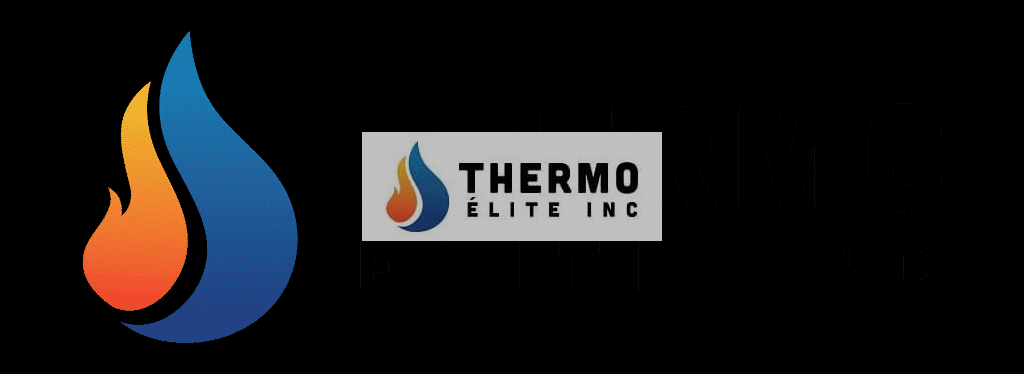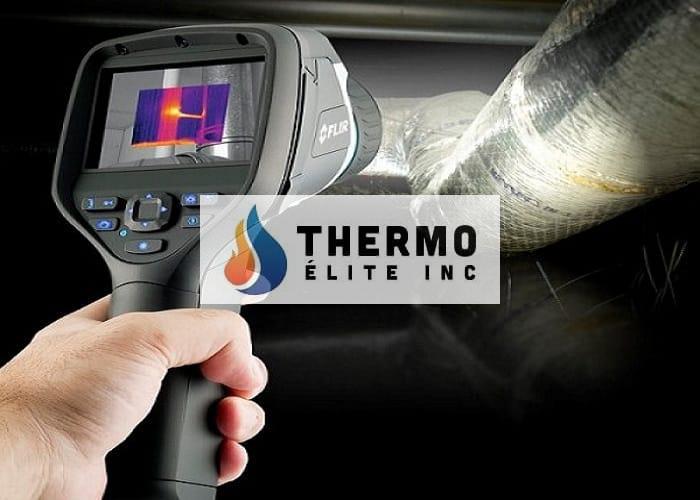Water is an essential commodity in every home. You need water flowing from your taps to use for drinking and washing. Water is also needed for drainage, which ensures your house remains hygienic at all times. As such, every building during construction is fitted with a system of plumbing and drainage pipes. However, these pipes and other fittings in the systems are prone to wear and tear. They might develop problems for one reason or the other.
Among the problems they can develop is a crack or a hole. When such happens, water starts to leak and it falls on various parts of the house. Water leaks in the house can be as a result of roof or wall cracks or holes. Roofs are also prone to wear and tear and they can start letting in rainwater if they’re not in good condition. Other leaks that might let in rainwater might be on the walls, on the window frames, or door frames.
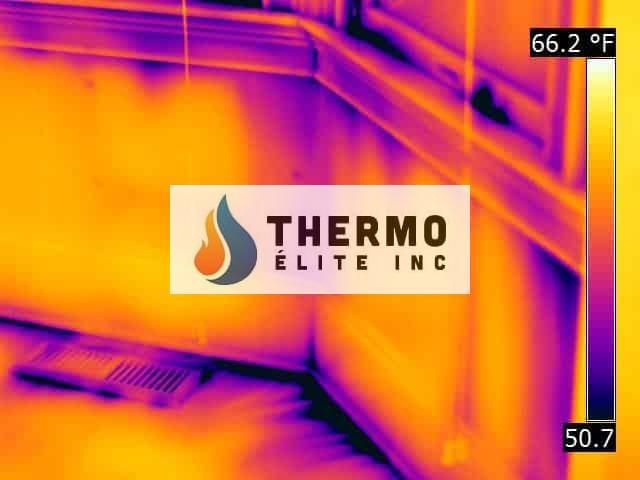
Water is an essential commodity but it can damage items when it gets into the wrong places. Unfortunately, it is not easy to immediately detect when a water leak starts. By the time you get to visually notice there’s a water leak in your house, it might have done some considerable damage. Many of the pipes are often behind walls above ceilings or under the floor.
As such, it is important that irregular inspections are conducted in order to ascertain the condition of your plumbing and drainage systems. The inspections would involve water leak detection. One of the most popular methods of detecting water leaks is the infrared thermographic inspections.
What is Infrared Thermographic Imaging
Infrared thermographic imaging is an inspection technology used in building inspections. The technology involves the use of an infrared camera that images thermal differences. Each object has a certain thermal emissivity. Thermal emissivity is the measure of how much heat an object radiates.
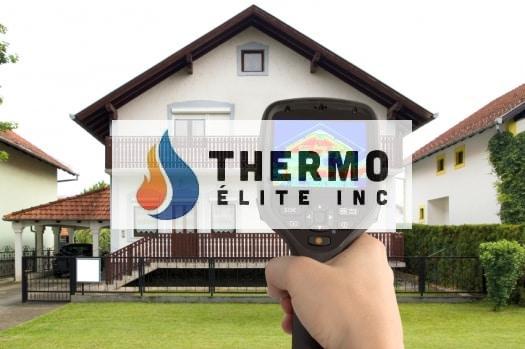
This technology is quite effective in detecting water leaks. It is one of the most preferred water leak detectors in the building inspection industry. The leaking water falls on various surfaces around the house. Whether they are concrete or wooden surfaces, they can easily get damaged. When these surfaces become wet and moist, they tend to absorb more heat from the surroundings. As such, these surfaces will always have a higher thermal emissivity than the surrounding areas.
This difference in thermal emissivity is what the infrared thermographic cameras are able to pick. The cameras will show these moist patches with a different color from the rest of the surfaces as a result of their higher thermal emissivity. Infrared thermographic inspections for a house are comprehensive and they seek to catch any wet and moist patches in the house and identify where the leak could be.
Infrared Thermographic Inspections for Pipes
The first step to detecting water leaks while conducting an infrared thermographic inspection is inspecting the pipes. In this case, the pipes are scanned using the infrared thermographic camera. The inspectors will then try to detect any possible leak. The rationale behind this is that the water inside the pipes will always have a different thermal emissivity than the exterior of the pipe and air around the pipe. As such, the water will appear with a different color from that of the pipe, on the infrared imaging camera. This difference in color makes it quite easy to detect a spot where the water might be coming out of the pipe.
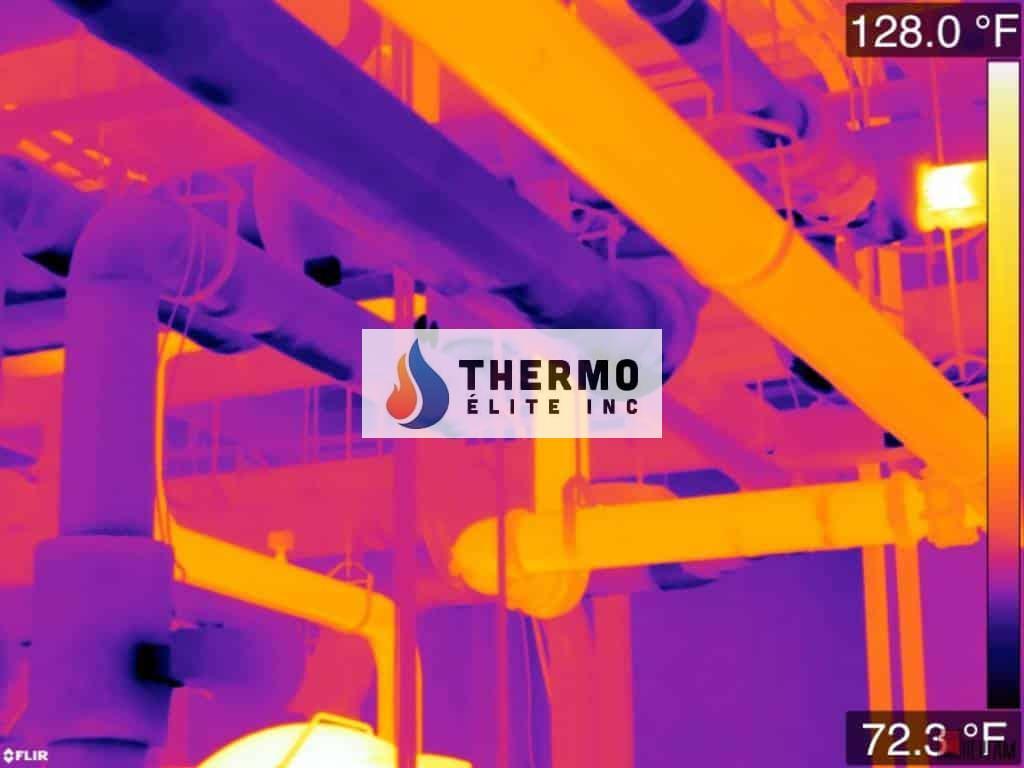
Inspecting the pipes using infrared thermographic cameras is quite easy. The inspectors just need to trail the plumbing or drainage system and scan it using the infrared thermographic cameras. It becomes even easier if they have a map for the pipe network within the house. During the inspection, each spot that is found to be leaking is marked so that the repairman has an easy job when he/she shows up.
In the event that the temperature difference between the water inside the pipes and the exterior of the pipe is not significant enough. The inspectors might have to create an artificial temperature difference by driving hot or very cold water down the pipes. This makes it quite easy to identify any leaks that might be along the pipe.
Infrared Thermographic Inspection for The Roof
As mentioned earlier the roof is yet another notorious possible leak spot in a building. Roofs of all kinds can start leaking in rainwater for one reason or the other. A flat concrete roof can develop cracks that would let in rainwater. The shingles or iron sheets used for slanting roof are also susceptible to harsh weather conditions and will undergo wear and tear over time. They might also develop holes and start letting in rainwater.
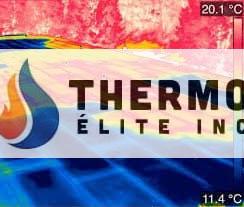
When rainwater start seeping into the roofs, it will not get into the house immediately. By the time you start noticing rainwater getting into the house through the roof, it has probably been sipping in for a very long time. It might have already damaged some structures above your ceilings.
Infrared thermographic inspections for the roof are also about imaging thermal differences although the process might be a bit different from that used while inspecting pipes. For the case of the roof, the inspectors have to scan every square inch of the roof trying to find wet and moist patches as well as any holes or cracks.
As mentioned earlier wet and moist surfaces, whether concrete or wood absorb more heat from the surroundings. They, therefore, have higher thermal emissivity and will appear different from the rest of the surfaces on the infrared thermographic imaging camera. The inspectors will be looking for such patches on the roof so that they can trace them back to the leak.
Also, the inspection might be conducted while it rains so that it is easy to catch the leaks. Generally, the temperatures outside are always cooler than those inside the house when it rains. The rainwater will, therefore, be cooler than the temperature is inside the house. As such, it is quite easy for the camera to image the water while it seeps in. In cases where there are no significant temperatures difference between the outside and the inside, the inspectors might have to throw hot or very cold water over the roof so that they can easily catch it seeping in if there’s a leak.
Infrared Thermographic Inspection for Walls
We had also mentioned that rainwater might seep into the house through wall cracks. Although they are rare, especially if the wall has been built well, they can occur. Other league spots include the edge between window frames and the concrete as well as the age between door frames and the concrete.
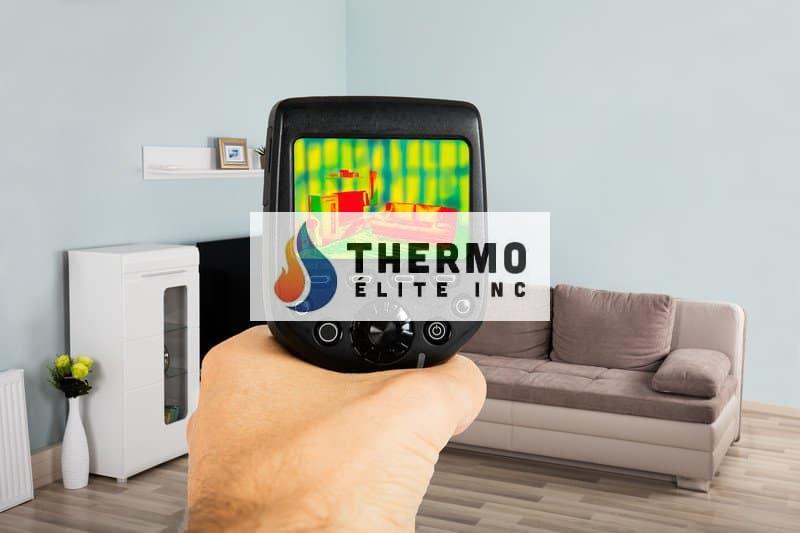
The problems with walls windows and doors normally arise if they have not been constructed well. Tiny spaces in these places might be letting in rainwater. The inspection for these areas is not very different from that done on the roofs. First, it is quite easy to visually note if there is water getting in through your windows or doors.
If water is seeping through your walls. It might take a while for you to realize. An infrared thermographic inspection can easily detect such a problem though. That part of the wall will be wet and moist making it easy for the infrared thermographic camera to pick it up.
Why Do You Need a Water Leak Detection Inspection?
As mentioned earlier, when water gets into the wrong spaces it tends to damage various essential things. In the case of a house or building, nobody wants to be having wet patches in their house. First, they interfere with the heat conditions of the home. These wet patches will always absorb heat from the surrounding air and cooling it, while you are trying to heat it. You might end up with high energy bills to pay as a result of water leaks.
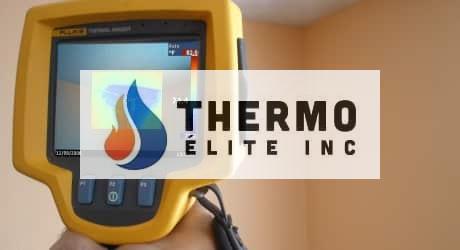
The worst thing about what water leaks are that when in the moisture seeps into the concrete or wood surfaces, it weakens their structural integrity. Wood, in particular, will start rotting when it stays wet for long. Concrete will also become weak if it stays wet. Therefore, whether it is your walls floors or roof that has been affected the overall strength of the building will be affected if the situation is left to get out of hand.
We recommend that you commission a water leak inspection for your building or home annually. Apart from that, there are some signals that you should look out for. When you see any of the following signals you should have a water leak detection conducted as soon as possible.
Reduced Tap Pressure
If there is a reduction in the pressure with which water comes out of your taps, there might be a leak somewhere along the pipes. While this may be caused by the reduction of water levels from the supplier or from your tanks, you might want to commission an inspection for water leaks if you cannot connect the reduction in pressure to any of the two.
Cooler House Temperatures
If your heater is at the same level that it always is, and the house suddenly feels cooler. It might be as a result of water leaks. As mentioned above, water leaks make certain parts of the house wet and moist, making them absorb more of the heat in the air. You might not be able to feel or note the change since you just turn up your heater. However, higher heating bills at the end of the month without any apparent reason should prompt you to commission a water leak inspection.
Wet Patches and Damp Smell
As mentioned earlier, by the time you get to see wet and moist patches around your home, the water leak has been going on for quite a while. Also, the areas around a water leak tend to be damp. Dampness has a very distinctive smell especially if the air around that part becomes humid. Visible wet patches and the smell of dampness are enough reasons for you to get your house or building inspected for water leaks.
Advantages of Using Infrared Thermographic Inspection to Detect Water Leaks
We have already mentioned that infrared thermographic inspections are one of the most effective ways of detecting water leaks. That is arguably the main advantage of using the technology. It makes it very easy to detect the wet patches and trace them back to the where the leak is on a pipe, roof or wall.
The other advantage is the fact that during the inspection, the inspectors will have no reason to demolish any part of the building in order to inspect pipes. The inspectors will scan the pipes, walls, and roof from either inside or outside the house. They might have to climb onto the roof though, especially if it is a flat concrete roof. The infrared thermographic imaging cameras are able to image the condition of the pipe even when they are behind the walls.
Infrared thermographic inspection is quite quick as well. The inspectors will be done with inspecting your home in a couple of hours. First, that reduces the cost of inspection especially if you are paying on an hourly basis. Also, it helps you to plan and be available while the inspection is being conducted so that you can understand the various water leak related problems that your house might have.
In conclusion, if you commit to having your house or building inspected annually, you will never have to deal with the effects of water leaks. They will always be caught as soon as they develop and before they cause any considerable damage. As we have mentioned, you may be paying high energy bills every month because of a simple problem that can be solved within minutes. Home and building inspections are part of good maintenance practices that ensure your house remains in good condition for long. What leak inspections are particularly very important if you are hoping to sell your house or building at some point.

